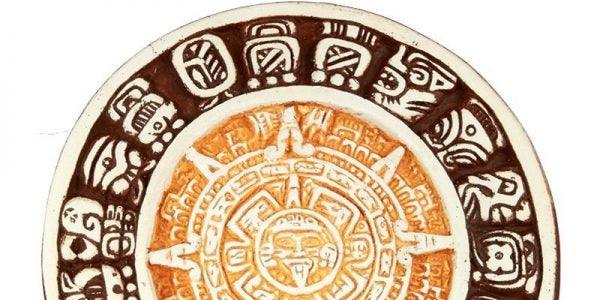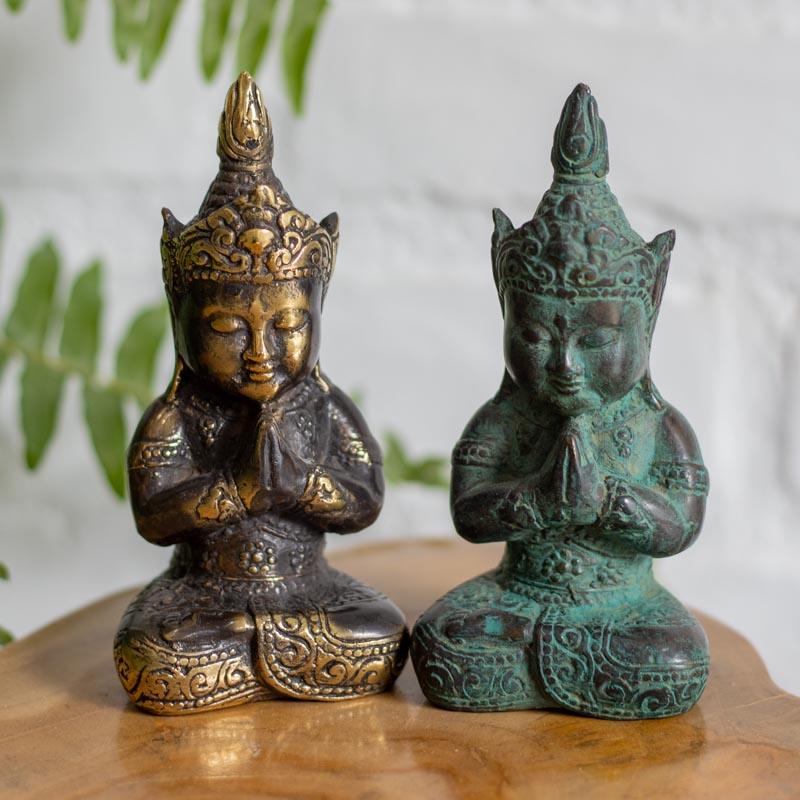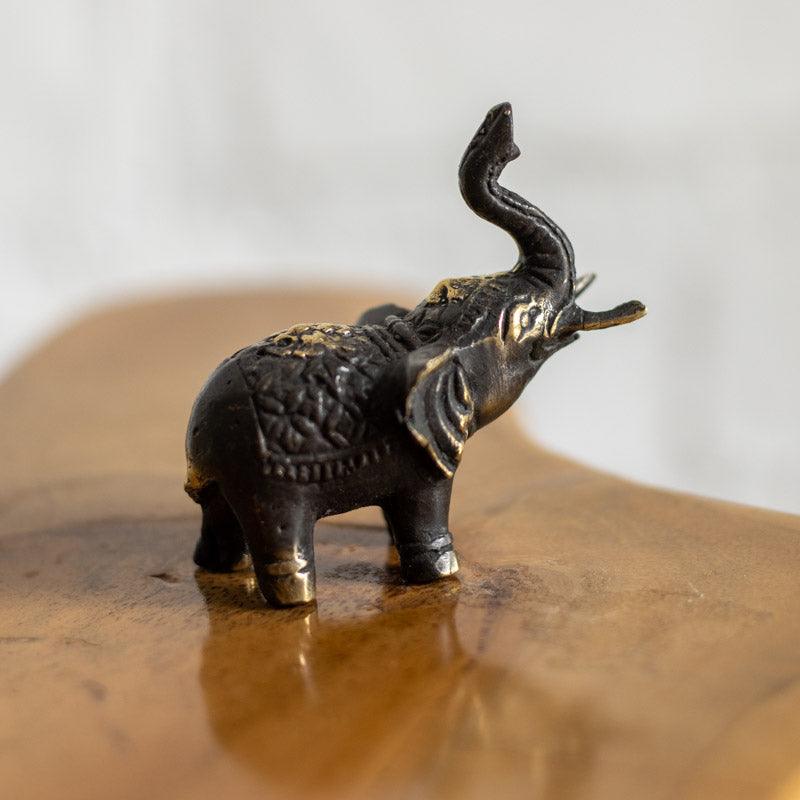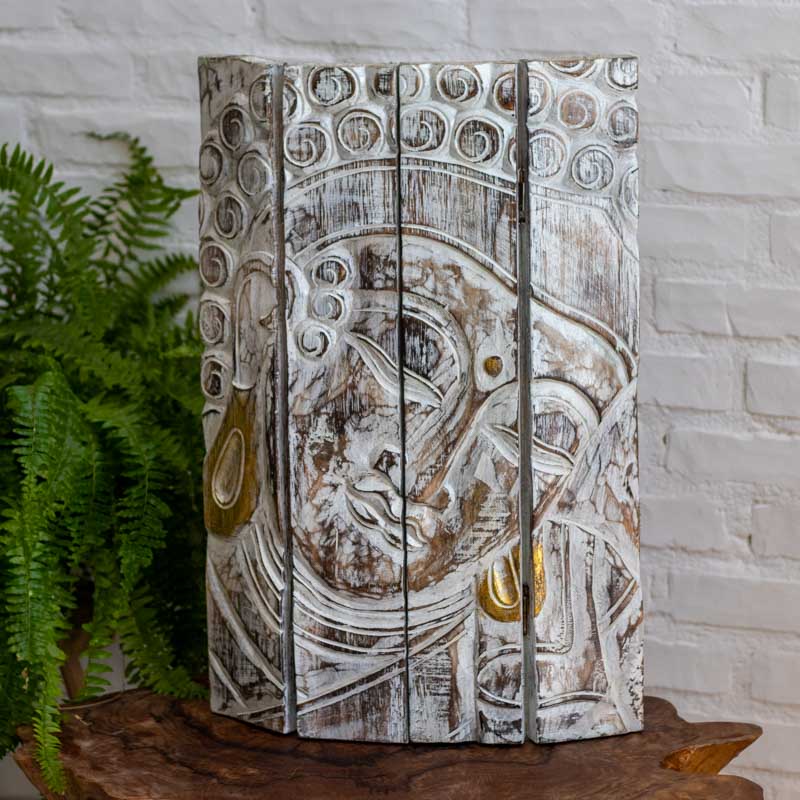The Mayan Calendars were developed in the sixth century BC and are precursors of the Gregorian method - the current way we measure time, institutionalized in 1582 in much of the world. Although there are significant differences to the current method, they also unite mathematics, science and spirituality, in addition to being based on the solar system ; since the Mayan Civilization of pre-Columbian Mesoamerica was a great student of the cycle of nature and attributed a divine character to its manifestations.

The Long Count Calendar represents the Universal Cycle. Photo: reproduction
The representation of time in a cyclical calendar was essential for the effectiveness of agricultural development, making it possible to map the most appropriate moment for each planting and to establish a harvest forecast. Its impact was also considerable on Mayan mythology and ritual history; granting constancy to religious ceremonies, always linked to the completion of cycles.
Among the most important Mayan calendars are the Haab , based on the solar cycle ; the Tzolkin (Sacred Calendar or Chol Q'ij ), which follows a religious ritualistic cycle , and the Long Count Calendar , which is based on the astronomical cycle and represents the universal cycle .

The Haab Calendar counts time by month. Photo: reproduction
The Haab is a civil calendar designed around agriculture. There are 360 days ( Tun ) plus 5 days of sacred rituals, which correspond to 18 months ( Uinals ) of 20 days and 1 month ( Wayeb ) of 5 days. Each month has a name and a corresponding symbol, some of which are variants of the same glyph. Sac Ha' , Cha'a Chac and Wajikol are some of the ritualistic ceremonies of the Mayan Haab calendar still practiced in Guatemala.
And speaking of sacred ritual, the Tzolkin corresponds to the nine cycles of the moon and the human gestational period. Its distribution of days is dedicated to the divine, nevertheless it is used to determine religious time and ceremonial events. However, the reading is not done through months like the Haab , but by coordinating 20 periods (represented by glyphs) with 13 days, producing 260 days ( Tun ). Each combination is only repeated after 260 days.

Some months are represented by glyphs with sacred meanings. Photo: reproduction
The Long Count Calendar , on the other hand, is more complex and is intended to map long periods of time. Like the Gregorian, this calendar reads time in chronological order starting from August 11, 3114 BC. Based on the vigesimal system, it is distributed into 5 periods: 144,000 days (Baktun), 7,200 days (Katun), 360 days ( Tun ) ), 20 days ( Winal ) and 1 day ( Kin ).
The joint reading between Tzolkin and Haab forms the Round Calendar , composed of 52 periods of 365 days. And if the Tzolkin represents the initial cycle of human life, this composite calendar symbolizes the cycle of maturation, because for the Mayans , people reached the wisdom of an elder when they completed the 52 periods.

The Mayan Calendar is a decorative art full of symbology.
The Mayan Civilization left a great cultural and scientific heritage, especially for the countries that rose under its history such as Mexico, Honduras, Belize, El Salvador and Guatemala. The cyclical time measurement system is just a part of all knowledge full of symbolism and art that reflects on the way we live.
In practice, the Mayan Calendar may not be as effective for our conventions, but it remains a decorative art full of beauty and magnetism that has withstood time.
Be sure to check out the collection of Mayan Calendars in our online store !
Namaste!
Milene Sousa - Art & Tune











1 comment
Olá, gostaria daquele calendário colorido